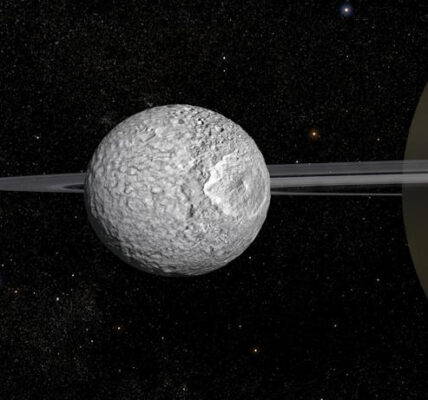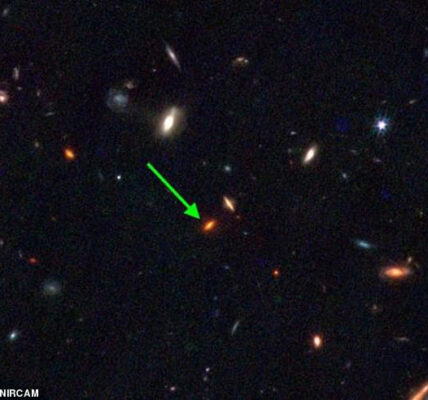Dark Mirror Universe: 5 Mind-Blowing Revelations That Will Amaze You!
Exploring the Mysteries of the Dark Mirror Universe
Delve into the intriguing concept of the Dark Mirror Universe, where scientists speculate on a shadowy counterpart to our own reality. Discover how dark matter may hold the key to unlocking this mysterious parallel world.
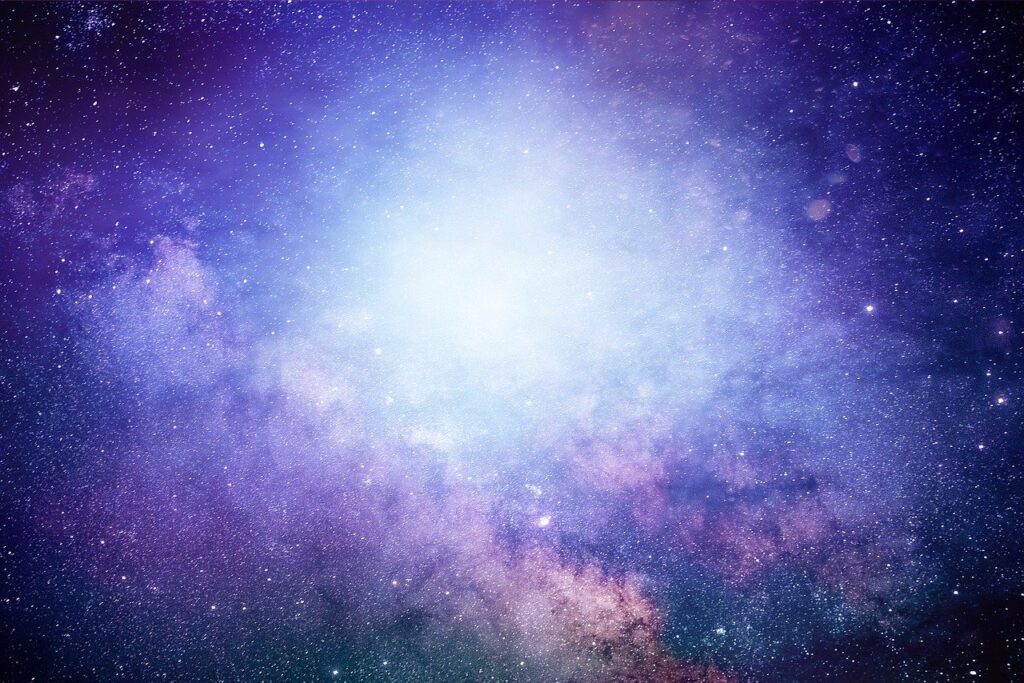 Have you ever wondered if there’s more to the universe than meets the eye? Scientists certainly have, and their latest theories delve into the enigmatic realm of the Dark Mirror Universe. This fascinating concept proposes the existence of a shadowy counterpart to our own reality, where dark matter reigns supreme and the rules of physics take on a whole new dimension.
Have you ever wondered if there’s more to the universe than meets the eye? Scientists certainly have, and their latest theories delve into the enigmatic realm of the Dark Mirror Universe. This fascinating concept proposes the existence of a shadowy counterpart to our own reality, where dark matter reigns supreme and the rules of physics take on a whole new dimension.
Dark matter, that elusive substance that makes up the majority of mass in the universe, has long puzzled astronomers and physicists alike. Unlike regular matter, dark matter doesn’t interact with light or conventional particles made up of atoms. Its presence is only detected through its subtle gravitational influence on celestial objects, such as the movements of stars within galaxies.
Recent research suggests that dark matter may be more than just a passive observer in the cosmos. In a groundbreaking study published in the preprint journal arXiv, scientists propose a radical idea: for every physical interaction in normal matter, there exists a mirror counterpart in the realm of dark matter. This notion of symmetry between the two universes could help explain why dark and regular matter exist in roughly equal amounts—an uncanny coincidence that has puzzled scientists for decades.
Imagine a universe where the laws of physics are flipped on their head, where protons and neutrons dance to a different tune. In our universe, the almost identical masses of protons and neutrons allow them to bind together, forming the stable atoms that make up the fabric of reality. But in the dark mirror universe, this delicate balance may be disrupted, leading to a world dominated by free-floating neutrons and a different set of fundamental particles.
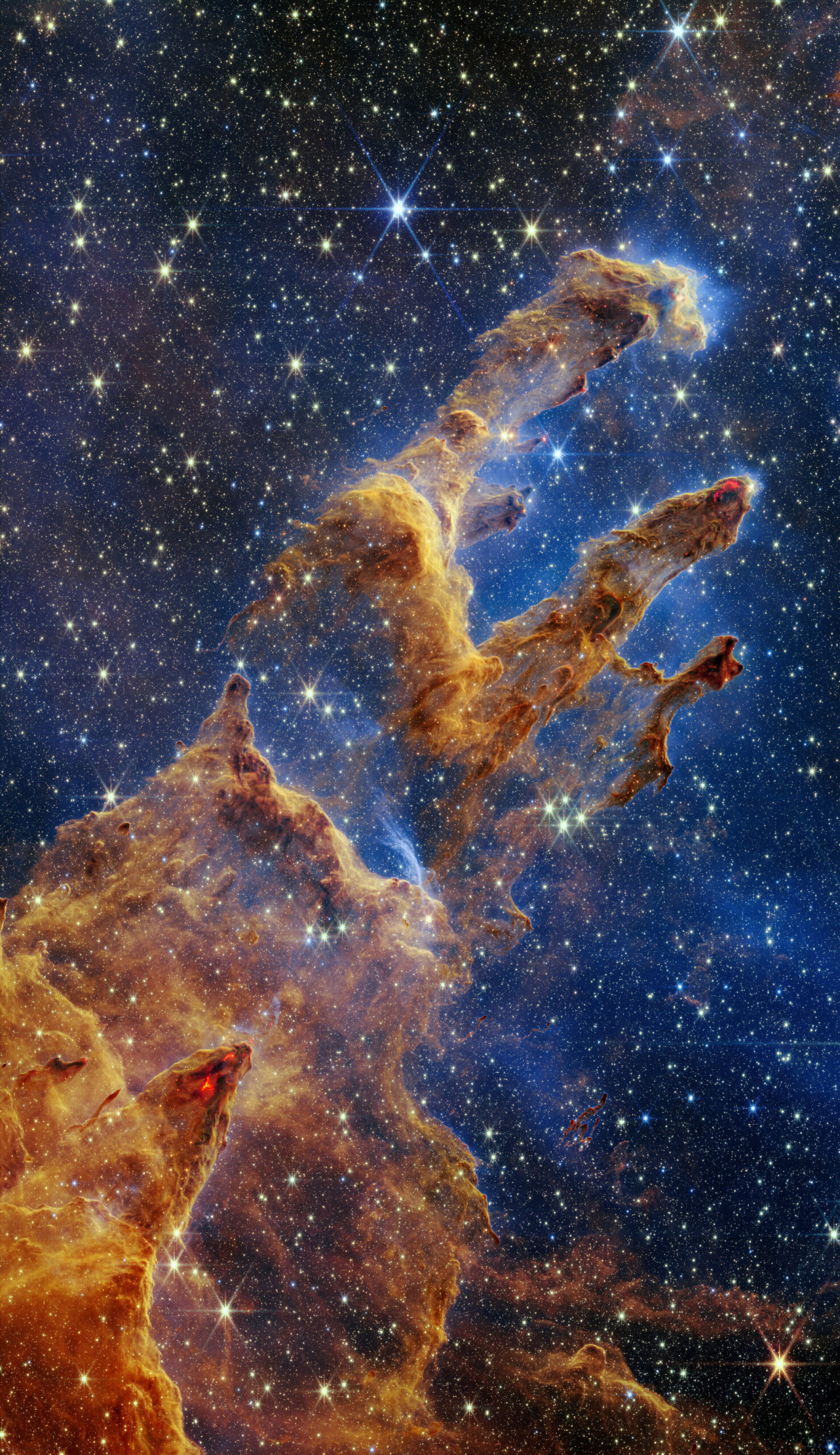
The implications of this dark mirror model are profound. It suggests the existence of a parallel reality, teeming with its own version of atoms, elements, and perhaps even life. Dark matter particles, once thought to be inert and unchanging, may be far more dynamic than we ever imagined, interacting with each other in ways that defy our current understanding.
But how can we test such a bold hypothesis? The key lies in observing the processes that shape the universe on a cosmic scale. Just as regular matter underwent nucleosynthesis in the early stages of the universe, giving rise to the first elements, dark matter may have undergone its own version of this cosmic alchemy. By studying the rate of element formation in the cosmos, scientists hope to uncover clues that point to the existence of channels between our universe and its dark mirror counterpart.
The quest to unravel the mysteries of the dark mirror universe is ongoing, with astronomers and physicists around the world eagerly awaiting the next breakthrough. The emergence of new cosmological observatories promises to shed light on the hidden realms of the cosmos, offering glimpses into worlds beyond our wildest imagination.
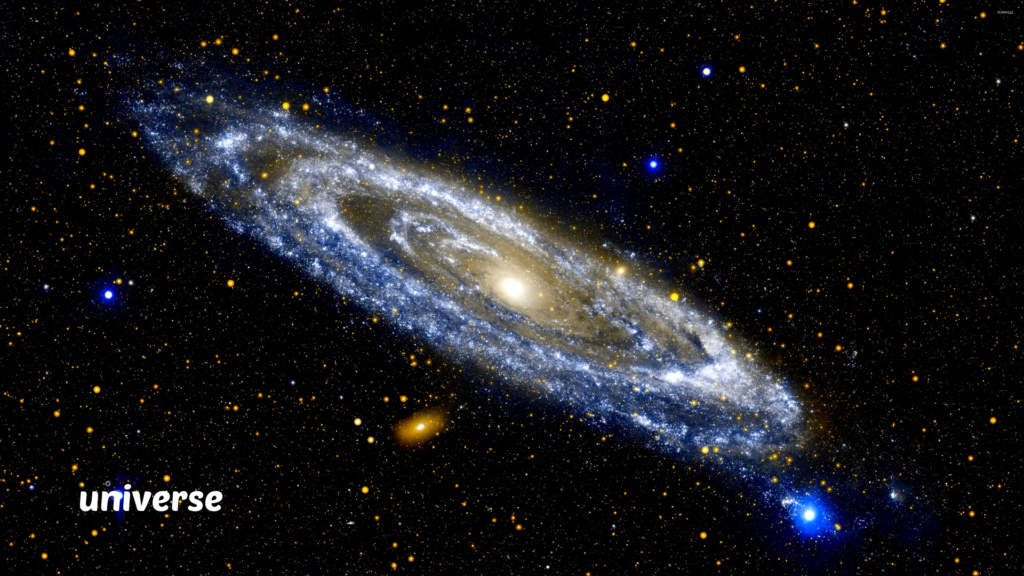 In the grand tapestry of the universe, the dark mirror universe remains a tantalizing enigma, beckoning us to peer beyond the veil of darkness and glimpse the secrets that lie within. As we embark on this journey of discovery, one thing is certain: the universe is far stranger and more wondrous than we ever dared to dream. And who knows what other mysteries await us in the depths of space and time? Only time will tell.
In the grand tapestry of the universe, the dark mirror universe remains a tantalizing enigma, beckoning us to peer beyond the veil of darkness and glimpse the secrets that lie within. As we embark on this journey of discovery, one thing is certain: the universe is far stranger and more wondrous than we ever dared to dream. And who knows what other mysteries await us in the depths of space and time? Only time will tell.
So, let us continue to gaze upon the stars, pondering the mysteries of the cosmos and embracing the unknown. For in the darkness, there lies the promise of illumination, and in the shadows, the whispers of worlds yet unseen.
The Dark Mirror Universe beckons—will you dare to explore its mysteries?

